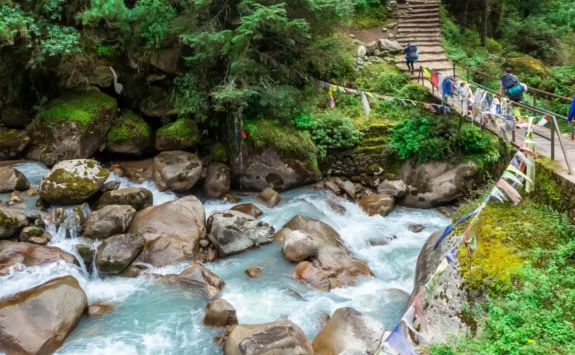Altitude Sickness in Everest Base Camp Trek & Best Ways to Avoid It
The Everest Base Camp Trek is a popular hiking route in the Himalayas that attracts thousands of tourists every year. The trek is known for its beautiful mountain views, different landscapes, and cultural experiences that can’t be found anywhere else. However, the trek is dangerous for your health because of the high altitudes and difficult terrain, which can cause altitude sickness. So, let’s dive into altitude sickness in Everest Base Camp Trek and learn how to tackle this condition while trekking.
Altitude sickness is a potentially fatal condition that can occur while traveling to high altitudes, such as on an Everest Base Camp Trek. Altitude sickness can make trekking dangerous and unpleasant, so it’s important to know what causes it, what its symptoms are, and how to avoid it.
This blog is meant to tell you everything you need to know about altitude sickness and how to deal with it during the Everest Base Camp Trek. It will cover the definition, causes, symptoms, and types of altitude sickness, as well as strategies for acclimatization, prevention, and treatment options. It will also talk about the risks and things to think about for altitude sickness in Everest Base Camp Trek and give tips for a safe and successful trek.
Disclaimer: The information on this page is for educational purposes only and is not meant to replace professional medical advice. It doesn’t make a connection between a doctor and a patient and shouldn’t be used instead of a doctor’s diagnosis. Since knowledge changes constantly, it is important to look for the most recent information when traveling to high altitudes.
Understanding Altitude Sickness in Everest Base Camp Trek
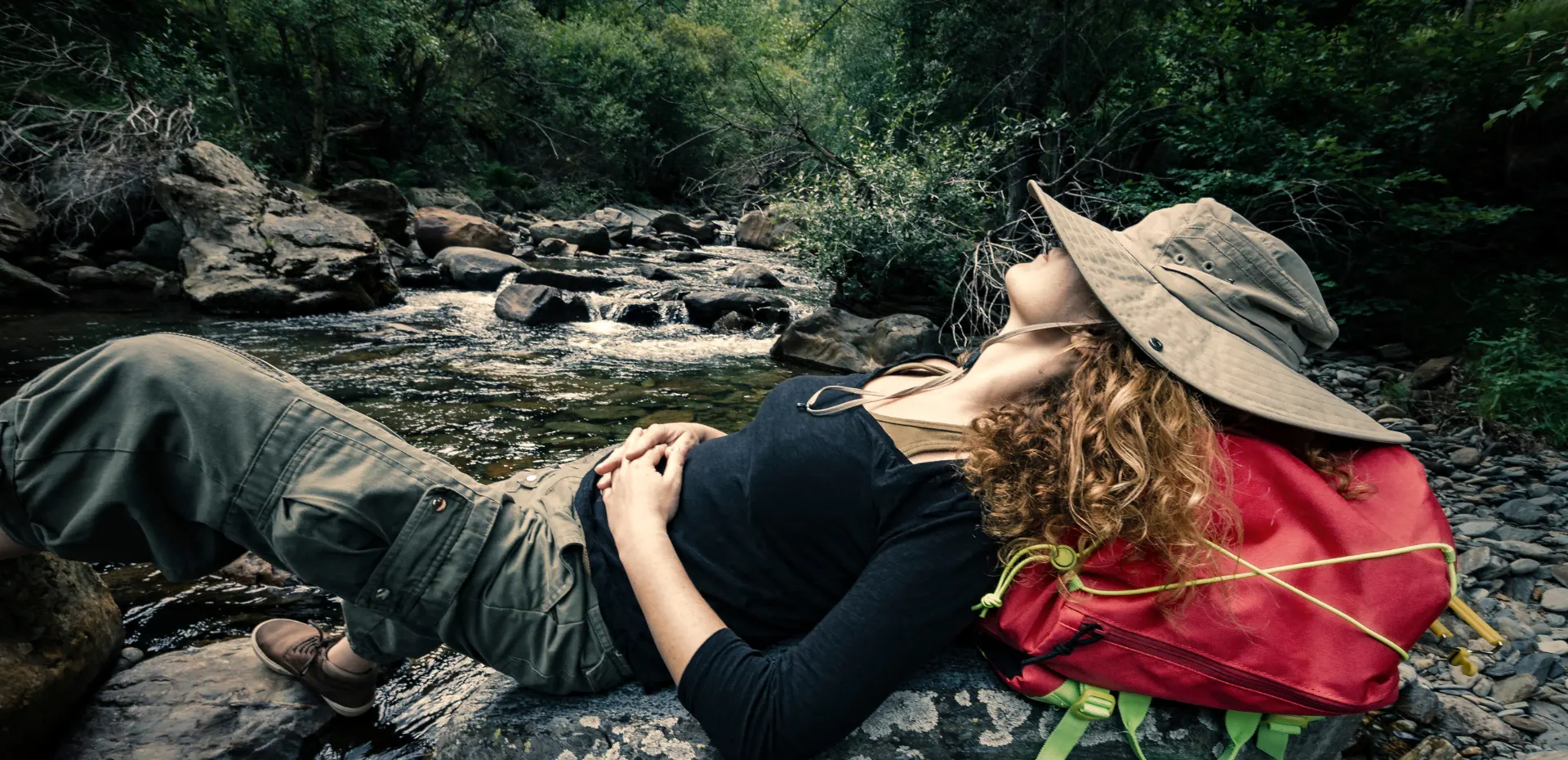
Altitude sickness, also called acute mountain sickness (AMS), is common when people go to high altitudes too quickly without giving their bodies enough time to adjust to the lower oxygen levels and air pressure. It happens when there isn’t enough oxygen at higher altitudes and can happen to anyone, no matter how old, fit, or experienced you are.
Altitude sickness is like a game of Jenga. As you climb higher and higher, the pieces start to fall apart, and your body can feel unstable and unbalanced.
Anyone who wants to hike to high-altitude places like Everest Base Camp needs to know about altitude sickness. By taking the right precautions and following the rules for acclimatization, you can reduce the risk of altitude sickness and have a safe and memorable trek.
Let’s learn more about altitude sickness in Everest Base Camp Trek, its types, symptoms, and causes.
Types of Altitude Sickness
Altitude sickness can be a serious concern for those who are travelling at high altitudes. Understanding its various types is very important for prevention and management. From the mild symptoms of acute mountain sickness to the more severe conditions like high-altitude pulmonary edema and high-altitude cerebral edema, each presents its challenges and requires specific care.
Let’s dive into the diverse types of altitude sickness and learn how to recognize and address them effectively.
Acute Mountain Sickness (AMS)
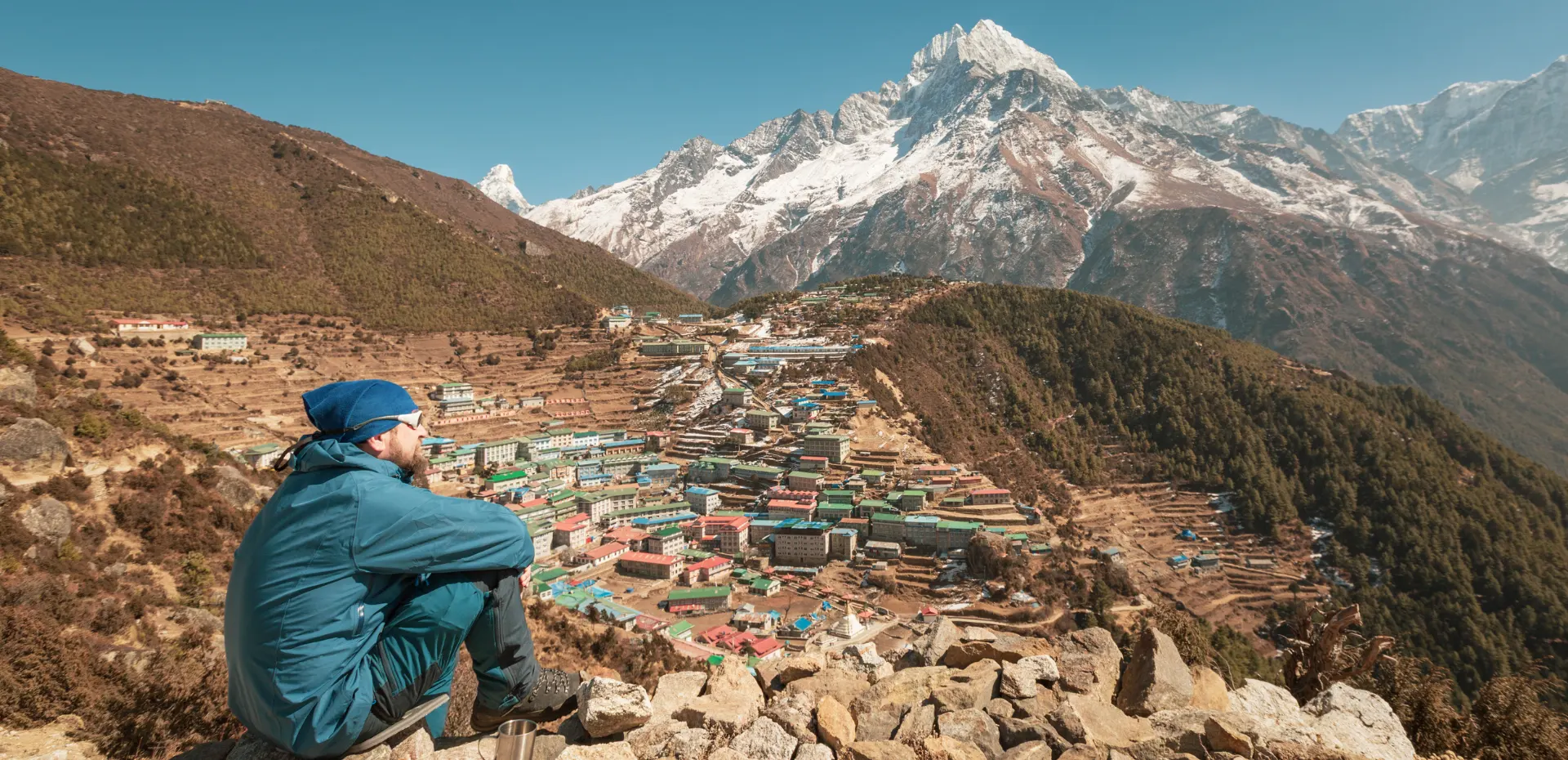
Acute mountain sickness (AMS) is common when a person goes to a high altitude, usually above 8,000 feet (2,500 meters). At high altitudes, there is less oxygen in the air, which can cause less oxygen to get to the body’s tissues. This is what causes AMS.
AMS can cause headaches, nausea, dizziness, tiredness, shortness of breath, loss of appetite, trouble sleeping, and trouble breathing. These symptoms typically appear within a few hours to a few days of arriving at a high altitude. They can be mild or severe.
Symptoms of AMS
- Headache
- Nausea and vomiting
- Dizziness
- Fatigue
- Loss of appetite
- Difficulty sleeping
High Altitude Cerebral Edema (HACE)
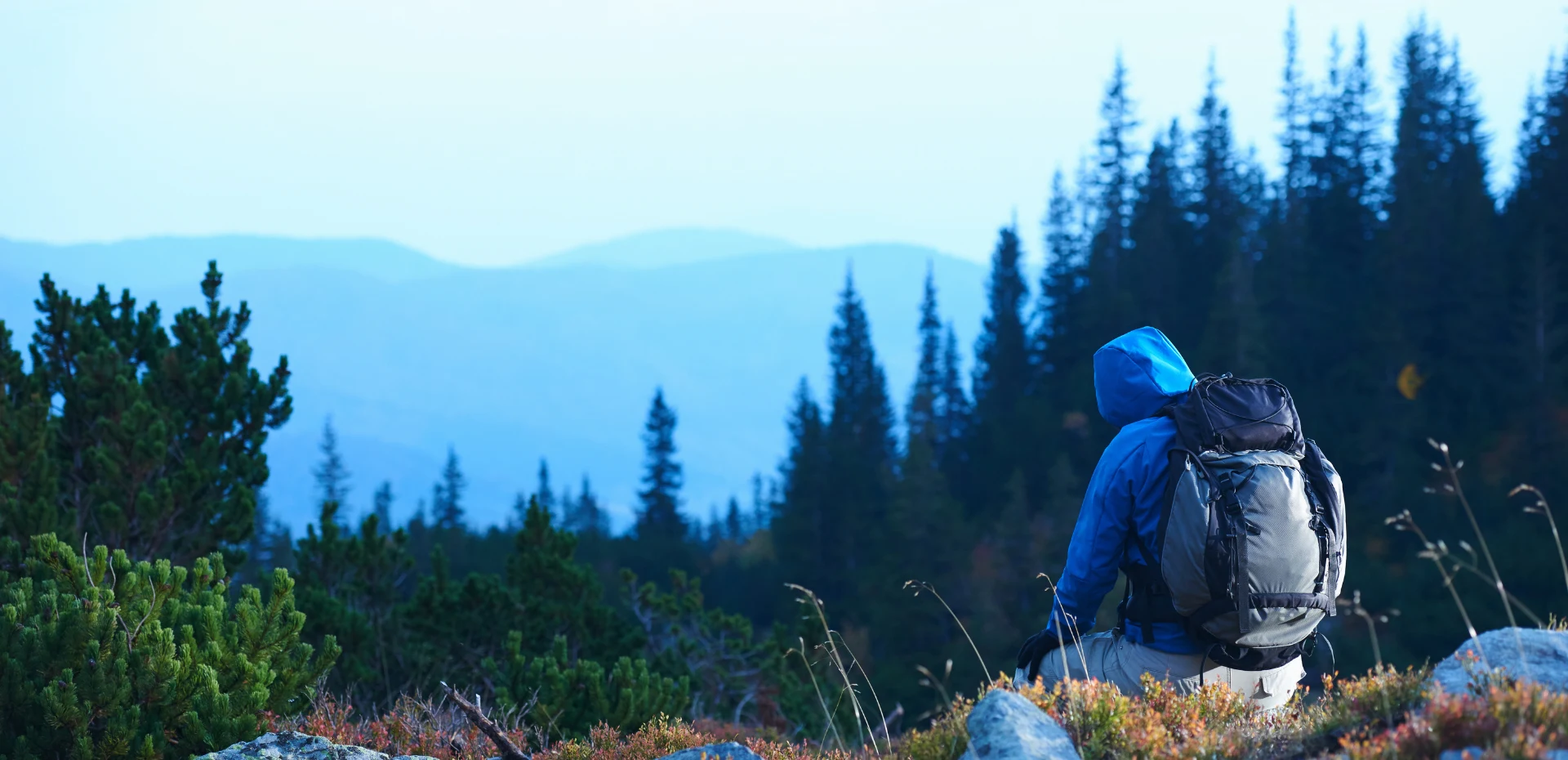
HACE is a dangerous condition that can happen when the brain swells because there isn’t enough oxygen at high altitudes. It is a very bad form of altitude sickness that can happen quickly and needs medical help right away.
HACE is thought to be caused by a buildup of fluid in the brain, which can lead to headaches, dizziness, confusion, loss of coordination, and, if left untreated, a coma or death. It is more likely to happen at altitudes above 12,000 feet (3,658 meters), and it can happen to anyone who quickly climbs to a high altitude without taking the right steps to get used to it.
Symptoms of HACE
- Severe headache
- Confusion
- Loss of coordination
- Hallucinations
- Seizures
- Coma
High Altitude Pulmonary Edema (HAPE)

HAPE is a serious and possibly life-threatening condition that can happen when people go to high altitudes too quickly without getting used to the altitude. It is a type of pulmonary edema that doesn’t come from the heart. It happens when fluid builds up in the lungs, making it hard to exchange oxygen and breathe.
No one knows what causes HAPE, but it is thought to be related to low oxygen levels, high pressure in the pulmonary artery, and lung inflammation. Individuals who must be adequately acclimatized to high altitudes and ascend too quickly are more likely to develop HAPE. Other risk factors include having had HAPE before, being at a high altitude in the last two to three months, smoking or having lung disease, or having specific genes.
Symptoms of HACE
- Shortness of breath
- Tightness in the chest
- Persistent coughing
- Blue or gray lips or fingernails
- Wheezing
Causes of Altitude Sickness
Altitude sickness in Everest Base Camp Trek is caused by a lack of oxygen at high altitudes. When you ascend to a high altitude too quickly, your body may not have enough time to adjust to the lower oxygen levels, which can lead to altitude sickness. Here are some of the specific causes of altitude sickness:
- Low air pressure: As you ascend to higher altitudes, the air pressure decreases, which means there is less oxygen available in each breath you take.
- Reduced oxygen levels: At high altitudes, the concentration of oxygen in the air is lower than at sea level, which means your body may not be getting enough oxygen.
- Rapid ascent: Climbing to high altitudes too quickly can prevent your body from adapting to the lower oxygen levels.
- High-altitude living: People who live at high altitudes are more acclimated to the lower oxygen levels, but visitors may still experience altitude sickness.
- Individual susceptibility: Some people are more prone to altitude sickness than others, and it’s not always clear why.
To avoid altitude sickness in Everest Base Camp Trek, it’s important to take the right steps, like getting used to higher altitudes slowly, staying hydrated, avoiding alcohol and sleeping pills, and going down to a lower altitude if you start to feel sick. If symptoms persist or become severe, it’s essential to seek medical attention.
Altitude Sickness and Everest Base Camp Trek
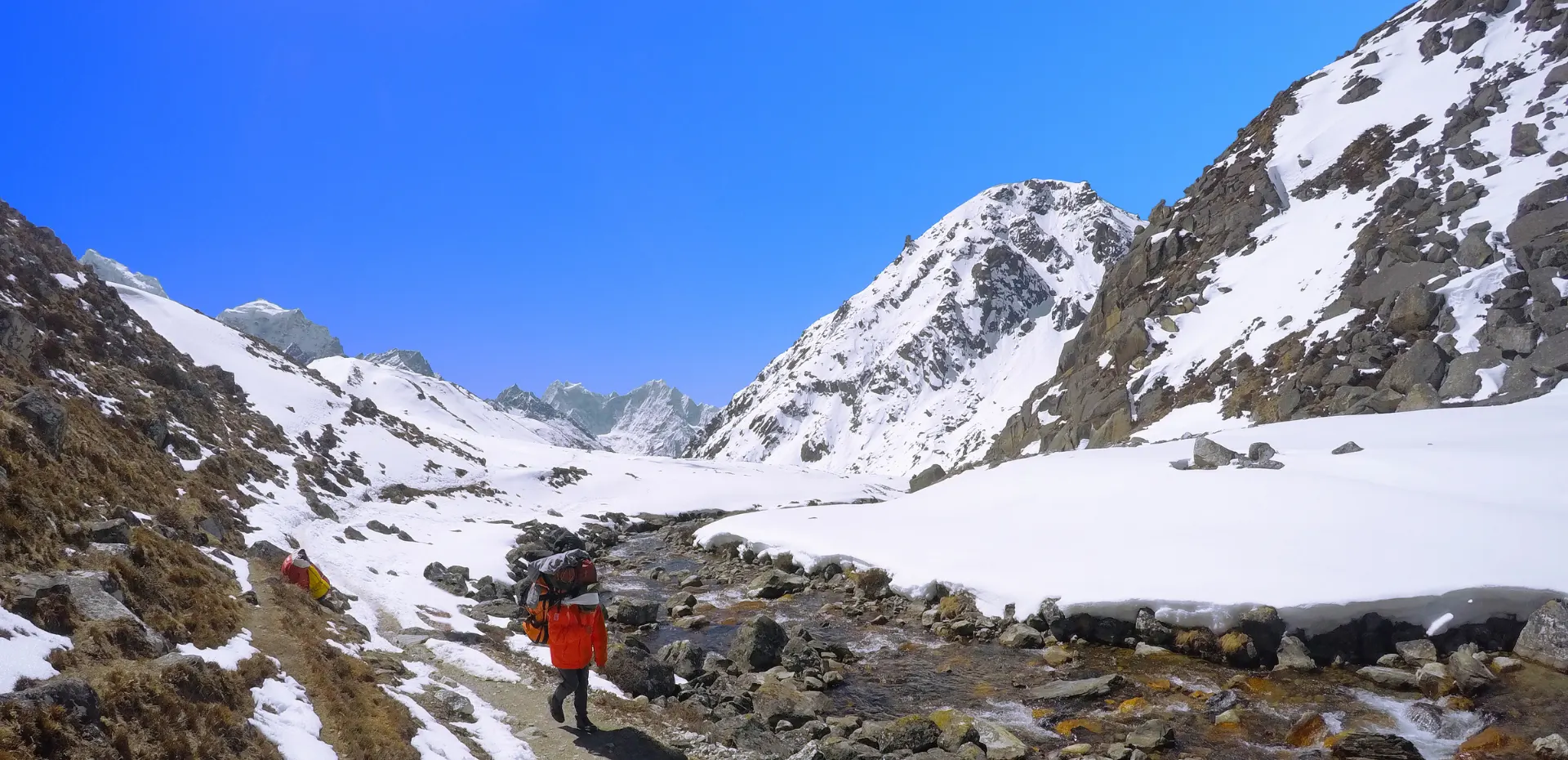
The Everest Base Camp Trek is a popular trekking route in Nepal that takes trekkers to the base camp of Mount Everest, the tallest mountain in the world. The trek starts at Lukla, which is at an altitude of 2,800 meters (9,186 feet), and ascends to an altitude of 5,545 meters (18,192 feet) at the base camp.
Because of the high altitude involved in this trek, altitude sickness in Everest Base Camp Trek is a significant concern. Trekkers are advised to take proper precautions to minimize the risk of AMS.
Risk Factors
The Everest Base Camp Trek is a high-altitude trek that poses several risks and challenges to trekkers. Some of the common risk factors associated with the Everest Base Camp Trek include:
- Altitude sickness
As was already said, altitude sickness in Everest Base Camp Trek is a big chance. The risk of AMS increases as the elevation increases. Trekkers are likelier to get AMS, HAPE, or HACE if they acclimatize properly or go up slowly.
- Extreme weather conditions
The weather in the Everest region can be unpredictable and harsh. Trekkers may encounter strong winds, snow, and freezing temperatures. Trekkers should prepare for these weather conditions and carry adequate gear and clothing.
- Physical exertion
The Everest Base Camp Trek involves a lot of physical exertion, including hiking for several hours a day at high altitudes. Trekkers should be in good physical shape and train and exercise regularly to prepare for the trek.
Overall, the Everest Base Camp Trek is a challenging and rewarding experience. However, trekkers should be aware of the risks involved and take proper precautions to minimize these risks. It is best to go on a trek with a reputable company and follow their instructions and advice the whole time.
Symptoms at Different Altitudes
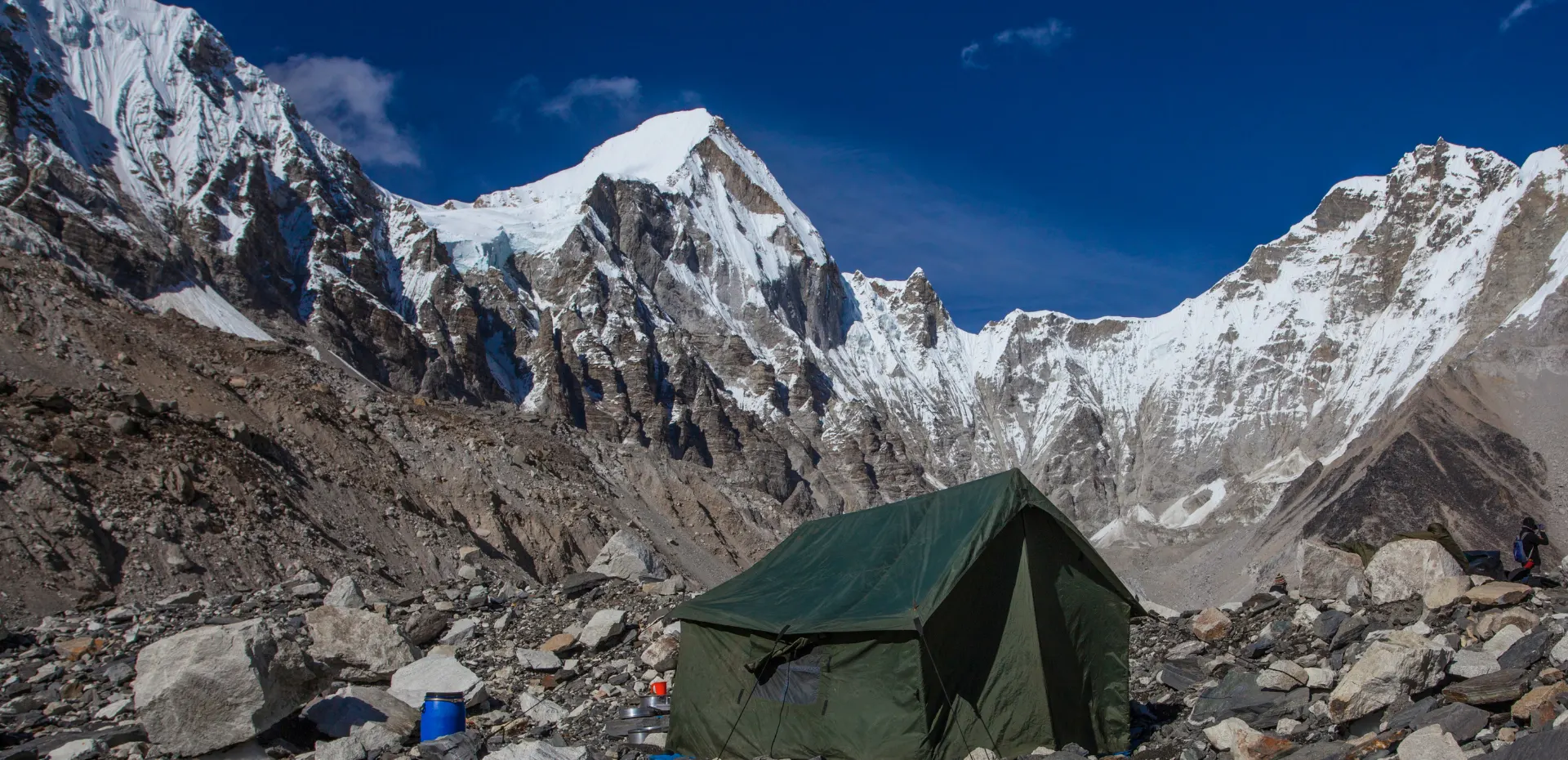
The signs of altitude sickness depend on how high you are and how you react to high altitude. Here are some of the common symptoms that can occur at different altitudes:
- 2,500 to 3,000 meters
Some people may experience mild symptoms at this altitude, such as headaches, dizziness, and shortness of breath. These symptoms usually subside after a day or two of acclimatization.
- 3,000 to 4,000 meters
At this altitude, more people may experience headaches, fatigue, loss of appetite, and nausea. These symptoms can be mild to moderate and can interfere with daily activities.
- 4,000 to 5,500 meters
At this altitude, most people will experience some symptoms of altitude sickness, including headache, nausea, vomiting, and fatigue. Some people may also experience shortness of breath, a rapid heart rate, and difficulty sleeping.
- Above 5,500 meters
At this height, you are more likely to get serious altitude sicknesses like high altitude pulmonary edema (HAPE) and high altitude cerebral edema (HACE). Symptoms can include a severe headache, confusion, disorientation, cough, chest tightness, and difficulty breathing.
It’s important to note that these symptoms can vary from person to person, and not everyone will experience them all. It’s also important to be aware of the symptoms of HAPE and HACE and seek medical attention immediately if you experience these symptoms. When going on a high-altitude trek like the Everest Base Camp Trek, trekkers should be aware of these signs and take suitable precautions to avoid altitude sickness as much as possible.
Prevention and Treatment During the Trek
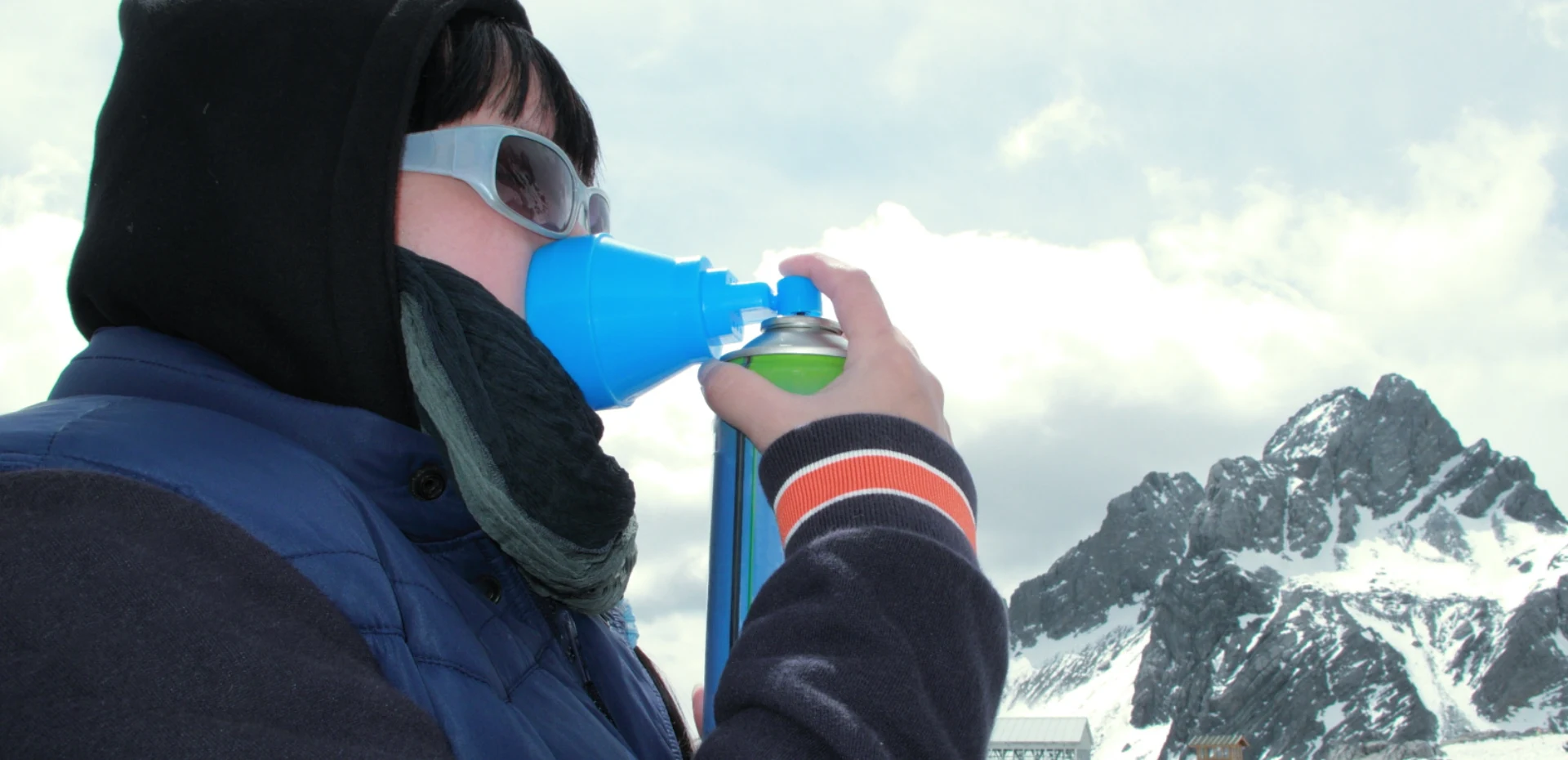
During the Everest Base Camp Trek, there are two ways to avoid getting altitude sickness and treat it if you do.
Prevention
- Gradual ascent: The best way to avoid altitude sickness in Everest Base Camp Trek is to move up in altitude slowly, giving your body time to get used to the change. Rest days are recommended between treks to allow for acclimatization.
- Hydration: It is essential to stay hydrated by drinking plenty of water and other fluids to help prevent altitude sickness.
- Proper nutrition: During the trek, a healthy, well-balanced diet can also help keep altitude sickness at bay.
- Medications: Some medications, such as acetazolamide (Diamox), can help prevent altitude sickness in Everest Base Camp Trek. Trekkers should consult a doctor or travel medicine specialist before starting the medication.
- Avoid alcohol and smoking: Both can make acclimating to the altitude more difficult and increase the likelihood of altitude sickness.
Treatment
- Descend: Going down to a lower altitude is the best way to treat altitude sickness in Everest Base Camp Trek.
- Rest: If the symptoms aren’t too bad, resting at the same altitude and drinking a lot of water may be enough to make them go away.
- Oxygen: Supplemental oxygen can be used to treat severe cases of altitude sickness.
- Medications: Medications may be prescribed to treat severe cases of altitude sickness—acetazolamide to prevent and treat altitude sickness, ibuprofen and paracetamol for headaches, and promethazine for nausea.
- Evacuation: In severe cases of altitude sickness in Everest Base Camp Trek, evacuation from high altitude may be necessary. Trekkers should have travel insurance that covers emergency medical evacuation.
Tips for Avoiding Altitude Sickness
Altitude sickness can be a concern if you’re planning a high-altitude trek like the Everest Base Camp Trek. To avoid altitude sickness, it’s important to slowly get used to the higher altitude by going up slowly and taking days off in between. Staying hydrated and eating a healthy diet can also help prevent altitude sickness in Everest Base Camp Trek.
Altitude sickness can be less likely if you don’t drink alcohol or smoke and if you talk to a doctor before the trek. It’s important to know how to spot the signs of altitude sickness and get medical help right away if needed.
By following these tips, you can enjoy a safe, high-altitude trek.
Physical Preparation
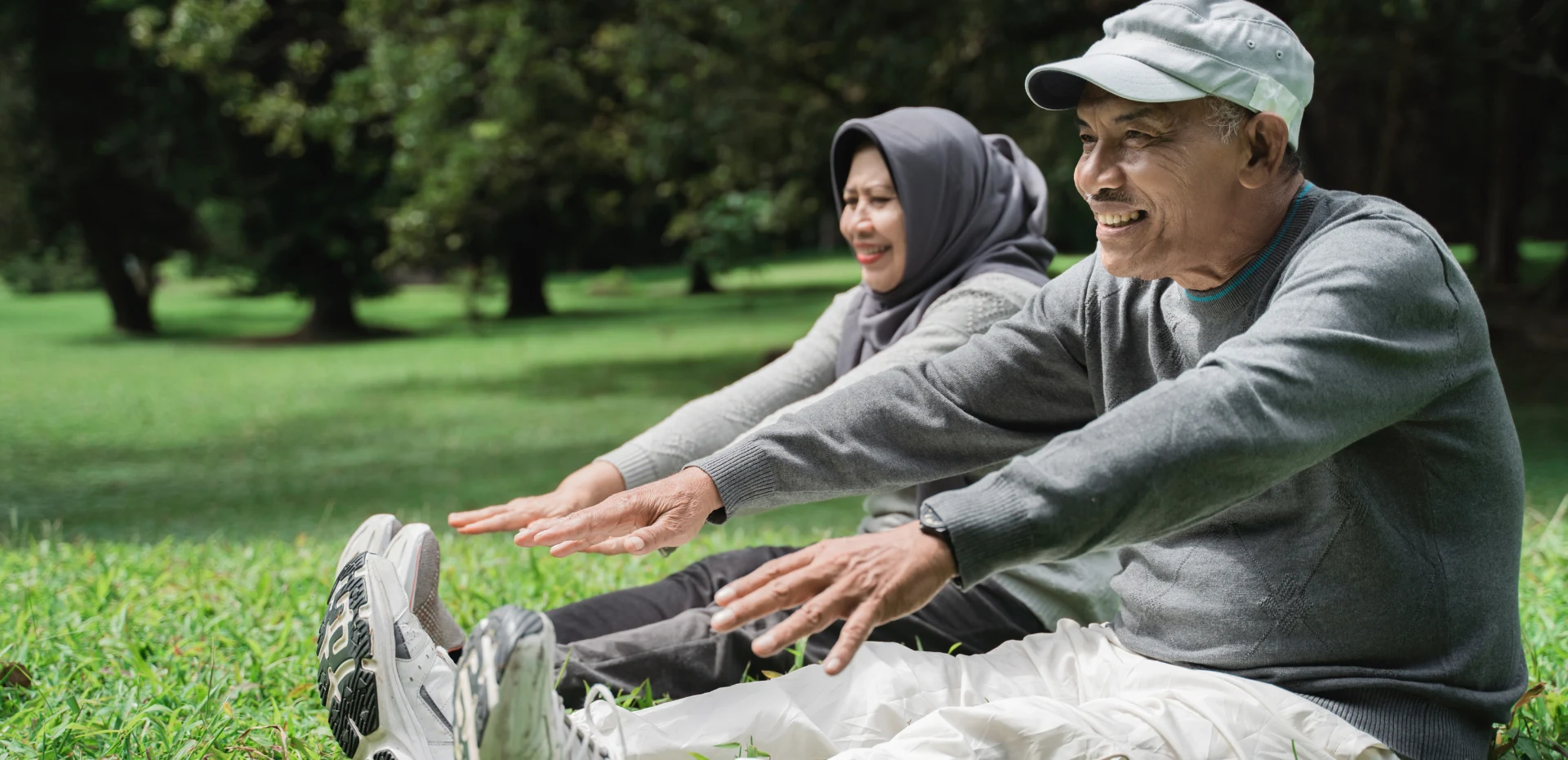
Preparing your body is an important part of any trek, but it’s especially important for high-altitude treks like the Everest Base Camp Trek. Physically preparing for the trek before you go can help reduce the risk of altitude sickness and injuries, improve your strength and endurance, and make the trek more fun.
Aerobic Exercises
Aerobic exercise can help you prepare for a long hike like the Everest Base Camp Trek. Aerobic exercise helps to improve cardiovascular fitness, endurance, and lung capacity, which can help with the physical demands of trekking at high altitudes.
Strength Training
Strength training is an important part of getting ready for a trek, especially one at a high altitude like the Everest Base Camp Trek. Strength training can help you gain muscle mass, improve your endurance, and get in better shape overall. This makes it easier to carry heavy backpacks and walk up steep hills. It also helps build up muscles you don’t usually use, which can keep you from getting hurt on the trek.
Strength training can also make bones stronger. This is especially important for trekkers, who are more likely to get osteoporosis from insufficient calcium and exposure to the sun for long periods of time. Strength training can also help lower the risk of altitude sickness in Everest Base Camp Trek by making it easier for muscles to take in and use oxygen.
Strength training can help you prepare for trekking by improving your fitness and endurance, lowering your risk of getting hurt, and making your trek more fun.
Cardiovascular Activities

Cardiovascular training can provide significant benefits for those planning to go on high-altitude treks like the Everest Base Camp Trek. It would help if you had a lot of cardiovascular endurance to deal with the lower oxygen levels when trekking at high altitudes. Cardiovascular training can help you build this endurance. It can increase your lung capacity, which allows your body to use oxygen more efficiently, making it easier to breathe at high altitudes.
Cardiovascular training also helps your blood flow, lowering your risk of blood clots and other conditions that affect your blood flow. Also, a cardiovascular workout can help improve your overall fitness, making the trek more effortless and fun.
To get ready for a trek at a high altitude, doing cardio exercises like running, cycling, swimming, or hiking regularly at lower altitudes is best. You can improve your fitness, endurance, and overall health, making your high-altitude trek more fun and rewarding.
Hydration
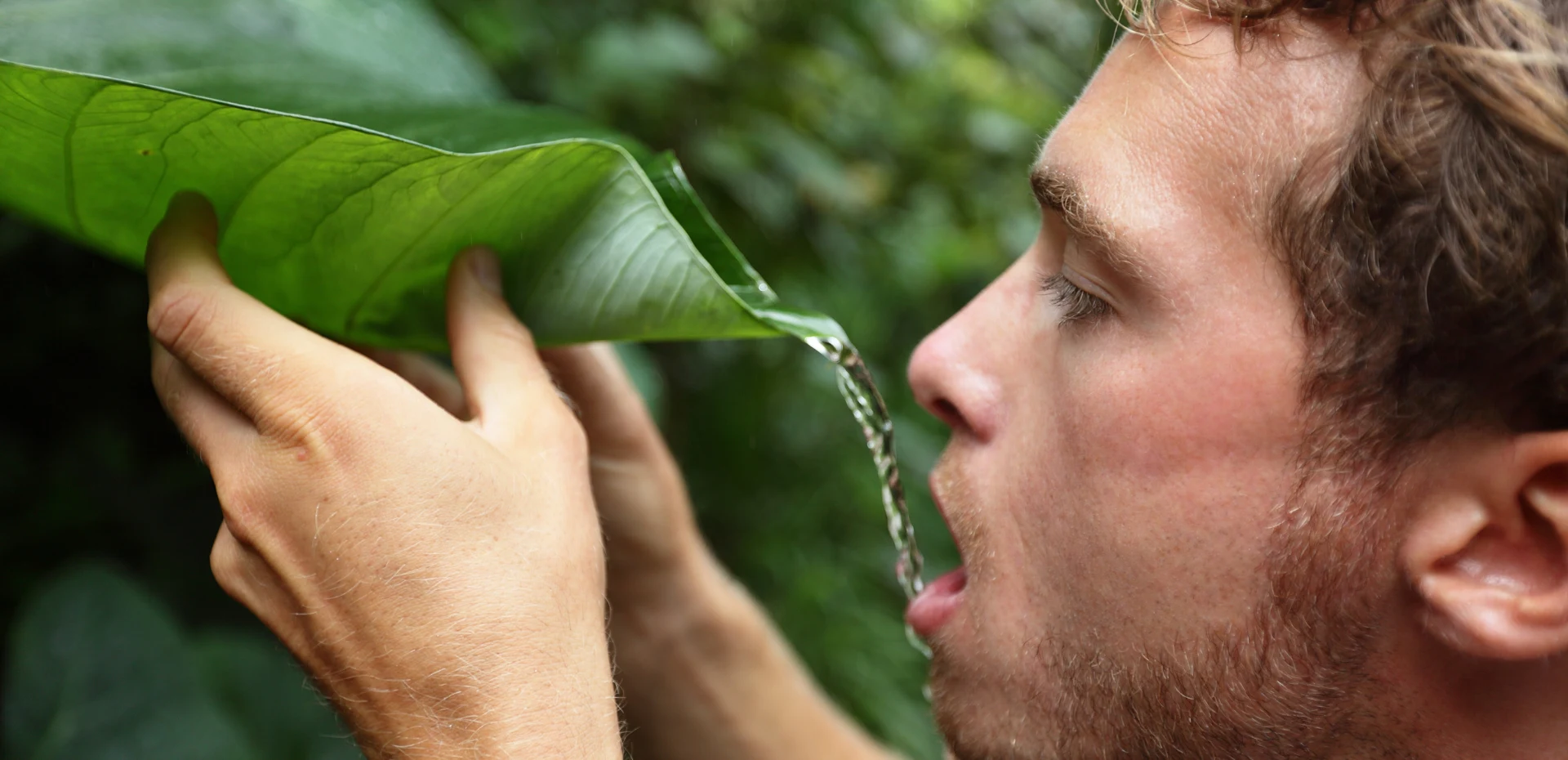
Hydration is crucial during treks, especially when trekking at high altitudes like the Everest Base Camp Trek. It’s essential to drink plenty of fluids to replace the fluids lost through sweating and breathing. When trekking, the body loses fluids at a faster rate due to the higher altitude and dry air, making it important to stay hydrated.
Recommended Fluid Intake
The recommended fluid intake during a high-altitude trek like the Everest Base Camp Trek is at least 3 to 4 liters of water per day. But this can change based on your age, weight, and activity level, among other things.
In high-altitude environments, the body loses fluids faster due to increased respiratory water loss and urine output, which can lead to dehydration. If you drink enough fluids, you can avoid dehydration and its symptoms, like headaches, tiredness, and dizziness.
Drinking fluids with electrolytes, such as sports drinks or tablets, is also important to replace the electrolytes lost through sweating. This can help keep muscles and nerves working well, stop muscle cramps, and maintain the body’s fluid balance.
Avoiding Alcohol and Caffeine

Alcohol can lead to dehydration, which can worsen the symptoms of altitude sickness in Everest Base Camp Trek. It can also make it harder for the body to adapt to high altitudes, making it harder for trekkers to get used to the lower oxygen levels.
Caffeine, conversely, can make you dehydrated and change how you sleep, both of which can worsen altitude sickness. Limiting how much caffeine you drink on the trek and staying away from it in the evening if you want to sleep better is best.
Instead of alcohol and caffeine, drinking plenty of water and fluids with electrolytes is the best way to stay hydrated and replenish the body’s electrolytes lost through sweating.
Acclimatization During EBC Trek
Acclimatization is a critical aspect of high-altitude trekking, and it’s essential to take it slow and allow the body time to adjust to the altitude to avoid altitude sickness in Everest Base Camp Trek.
During the Everest Base Camp Trek, acclimatization is usually done by going up slowly and stopping for a few days so that the body can get used to the higher altitude. Trekkers should take their time and avoid pushing themselves too hard, especially during the first few days of the trek when the body is still adjusting to the altitude.
Gradual ascent
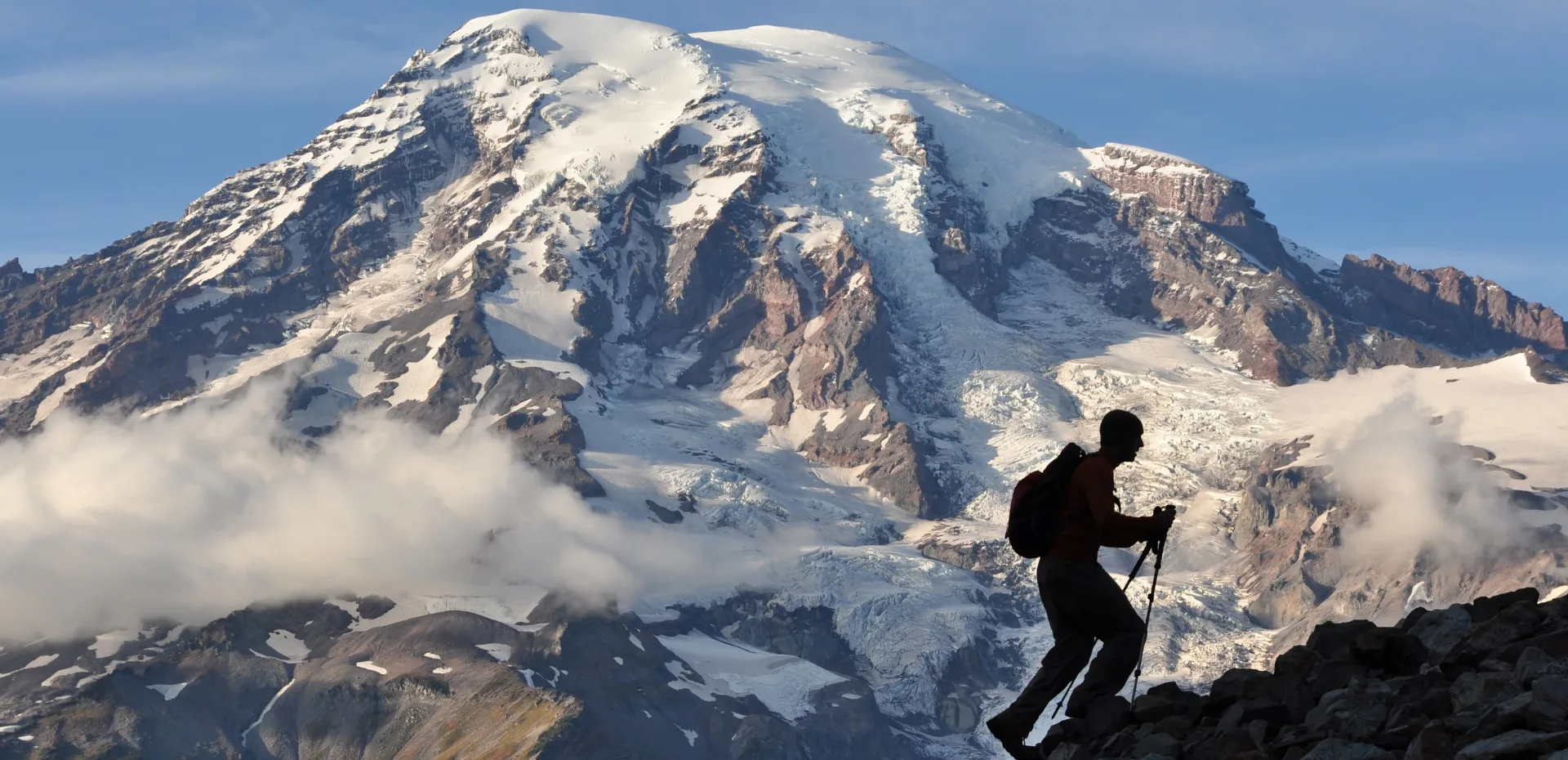
Getting used to the high altitude on a trek like the Everest Base Camp Trek is easier if you go up slowly. A gradual ascent means going up slowly and staying at each higher altitude for a while so that the body can get used to the lower levels of oxygen and lower air pressure.
When trekking at a high altitude, the body needs time to acclimatize, which means the ascent should be gradual, allowing the body to adjust to the changes in oxygen levels. Typically, trekkers should not ascend more than 300–500 meters (1,600–1,800 feet) per day and should take rest days every few days to allow the body to adjust to the new altitude.
Rest days during EBC trek
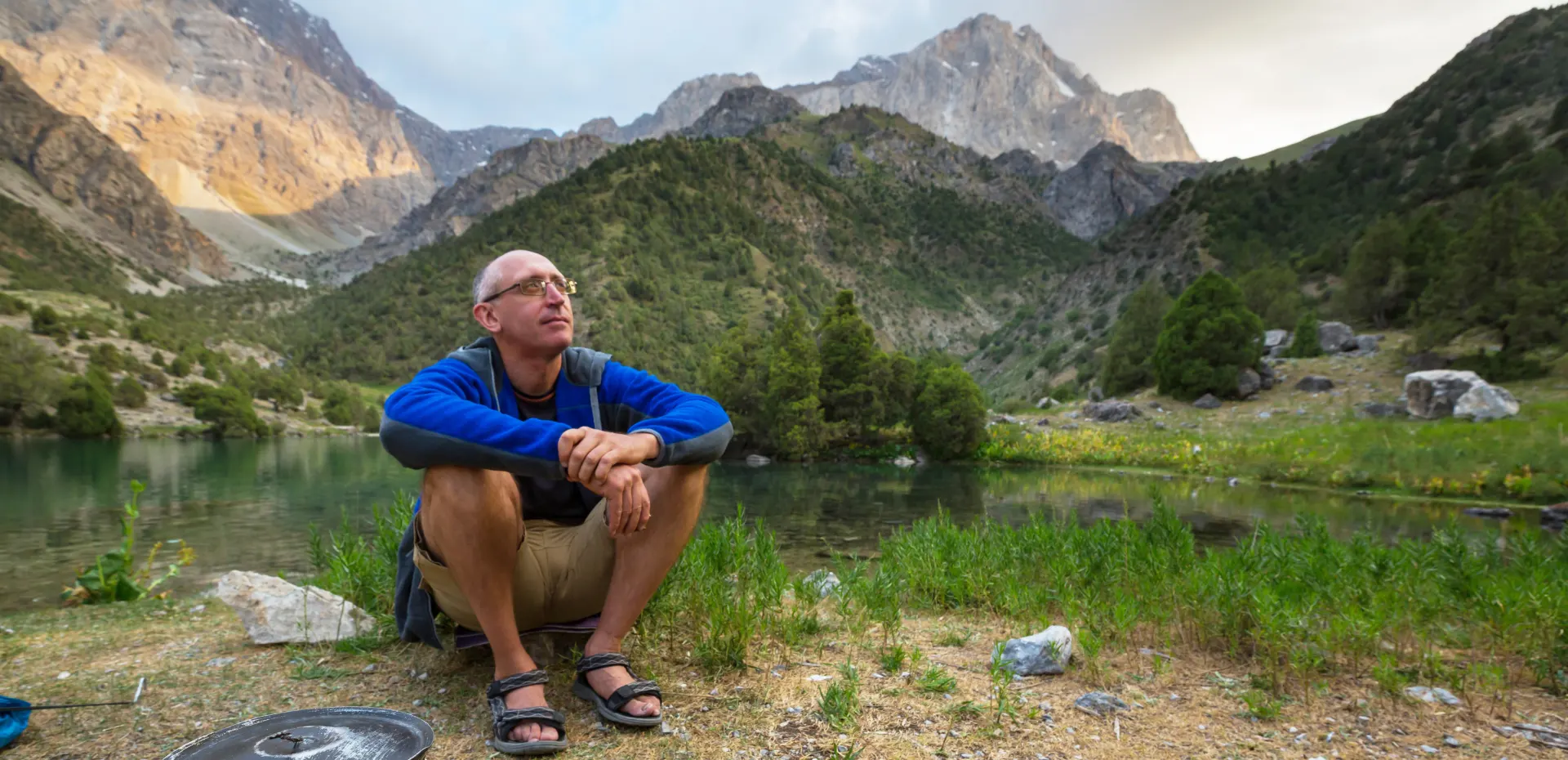
Rest days are important for trekking at high altitudes, like in the Everest Base Camp Trek. A rest day involves taking a day off from trekking to allow the body to rest and adjust to the altitude. Rest days are typically taken every few days, depending on the trekking itinerary.
Rest days are essential for several reasons. First, they give the body a chance to recover from the physical demands of trekking. This lowers the risk of getting hurt or tired. Secondly, they allow the body to adjust to the altitude by spending time at the same altitude, which can help prevent altitude sickness in Everest Base Camp Trek.
Climbing high, Sleeping low
“Climbing high, sleeping low” is a common phrase in high-altitude trekking, including the Everest Base Camp Trek. The idea is to spend the day at a higher elevation and descend to a lower elevation at night.
The idea behind this strategy is to allow the body to acclimatize to the higher altitude during the day while sleeping at a lower altitude, where the air pressure and oxygen levels are higher, to reduce the risk of altitude sickness.
During the trek, climbers go up to higher altitudes to get to their destination for the day and then go down to lower altitudes to sleep. This pattern is repeated repeatedly during the trek so that the body can gradually adjust to the changes in altitude.
At Last
Altitude sickness is a serious health concern that affects many trekkers who visit Everest Base Camp. Before going on a trek, people should know what causes altitude sickness, its symptoms, and how to avoid getting it.
By preparing their bodies, staying hydrated, getting used to the altitude, and taking the proper medications, trekkers can reduce their chances of getting altitude sickness and make sure they have a safe and fun time trekking.
For more information on altitude sickness and trekking at high altitudes, the following resources may be helpful:
- Centers for Disease Control and Prevention (CDC)
- International Society for Mountain Medicine (ISMM)
- Himalayan Rescue Association (HRA)
- The Mountaineers’ Guide to High Altitude: Acclimatization and Illnesses by Dr. Eric A. Weiss
© Copyright 2024 Eco-friendly Treks. Website Developed by: AVIVA


